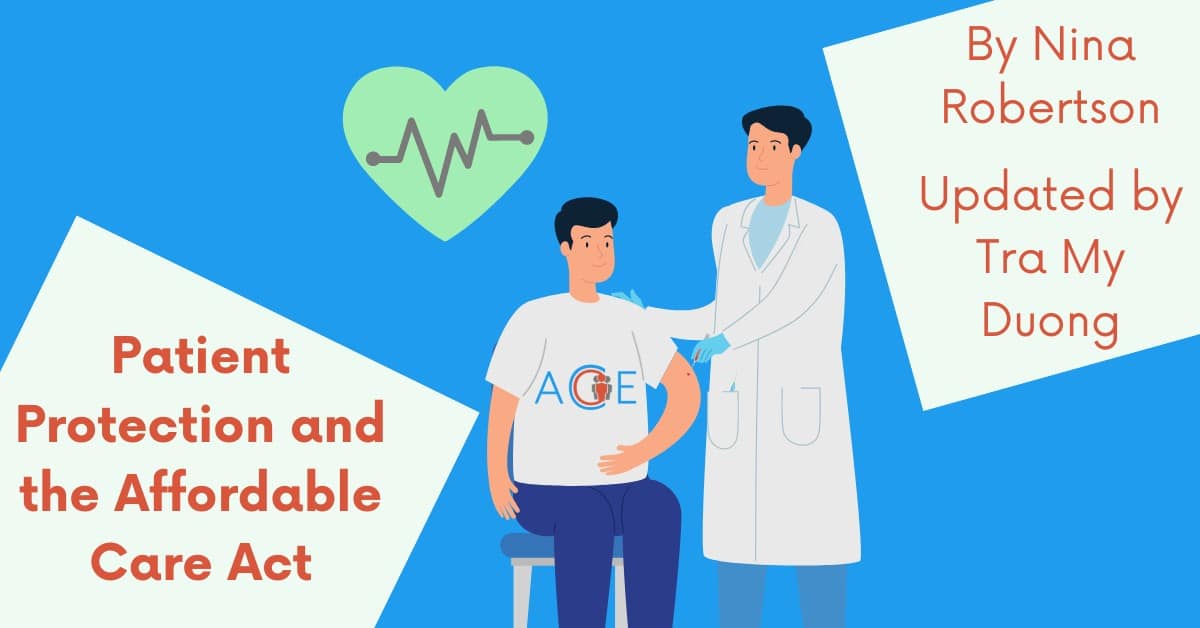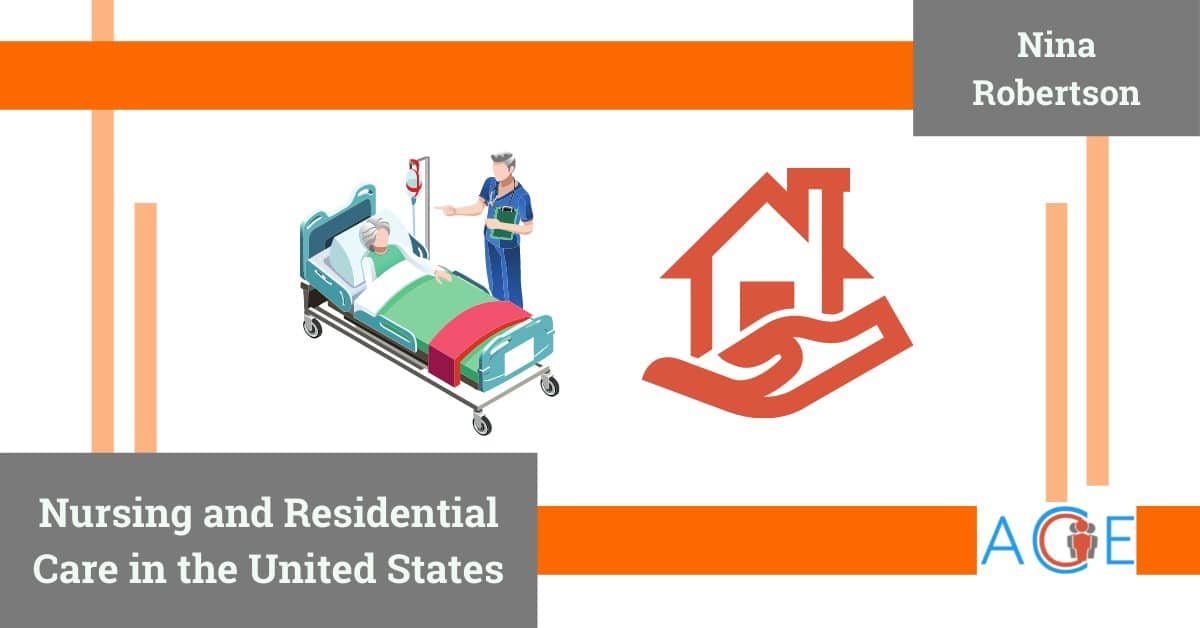This brief was originally published on October 5, 2021 by Nina Robertson. It was updated and republished on July 1, 2022 by Tra My Duong.
The Patient Protection and Affordable Care Act, H.R. 3590, was passed on March 23rd, 2010 with three principal goals: lower the cost of healthcare, increase the quality of care, and increase access to care. The legislation aimed to make affordable health insurance available to more people living in the United States while also expanding Medicaid Programs to cover all adults with incomes below 139% of the Federal Poverty Level. In addition, it hoped to support innovative medical care delivery methods designed to lower the costs of healthcare more generally. Under the Obama Administration, the ACA was implemented to extend health insurance coverage to about 32 million uninsured Americans. A report released by the U.S. Department of Health and Human Services (HHS) indicated that between 2010 and 2016, the number of nonelderly uninsured adults decreased by 41% falling from 48.2 million to 28.2 million. 37 states and the District of Columbia have expanded Medicaid coverage under the ACA.
About the ACA
The ACA had several main components:
- A universal mandate required individuals to possess health insurance or pay a fine. In 2018, the mandate was repealed under the Trump Administration. However, some states have their own individual mandates with hopes of encouraging more coverage for the uninsured.
- Dependents are covered until the age of 26 on their parents’ health insurance plans. Prior to the bill, insurance plans decided when young adults were removed after they turned 18.
- The federal government encouraged the expansion of Medicaid to cover people with incomes below 133% of federal poverty guidelines.
- Minimum benefit standards for health plans were established and funding for states to expand Medicaid was provided, but expansion is left to the discretion of the states.
- Insurance is subsidized so the government pays individuals to buy private insurance while limiting premium costs to between 2% of income for those with incomes at 133% of federal poverty guidelines.
- New employer reporting mandates created the first model for paying health providers based on patient outcomes rather than volume of services.
- Insurers were barred from denying people coverage due to pre-existing conditions.
- Annual or lifetime limits of health insurance for individuals were eliminated. A health plan cannot limit the total amount it will spend to cover benefits during the time enrolled in the plan.
Strengths of the Legislation
- Prevents insurers from making unreasonable rate increases on plans
- People with pre-existing conditions cannot be denied coverage
- Preventative Services are covered such as: proactive healthcare, health screening, immunizations, and services for pregnant women or women who may become pregnant
- Prescription Drugs are more affordable. In a Centers for Medicare and Medicaid Services press release from 2017, medicare beneficiaries have saved over $26.8 billion of prescription drugs under the ACA.
Weaknesses of the Legislation
- High costs if the system does not work well and insurance companies can now provide a wider range of benefits and coverage of pre-existing conditions which cause premiums to increase.
- Weak enforcement mechanisms and weak competition between private and public health insurance. This leads to the reduction of the role of private non-profits.
- There was a failure to establish a long-term care component to the ACA.
- In order to pay for the ACA and new medical devices and pharmaceutical sales, there was an overall increase in taxes which was met with disagreement from conservatives.
Achievements and future development of the ACA:
- A record of 14.5 Million Americans signed up for health insurance between November 1st 2021 and January 27th 2022.
- According to ASPE, under the impact of the ACA, the size of the uninsured population decreased by about 20 million people from 2010 to 2020.
- The ACA considerably increases rates of preventative services and provides free access to these services among more than 150 million Americans with private
- The ACA increased the access to healthcare, especially access to low-premium and zero-premium plans for lower-income adults.
- Along with the American Rescue Plan, ACA helped lower costs and expand healthcare access with an annual saving of about $2,400 on their annual premiums.
- For future development, the Build Back Better Plan looks to strengthen the ACA and reduce premiums for 9 million Americans. The Build Back Better Plan seeks to expand affordable healthcare and patient protection.


